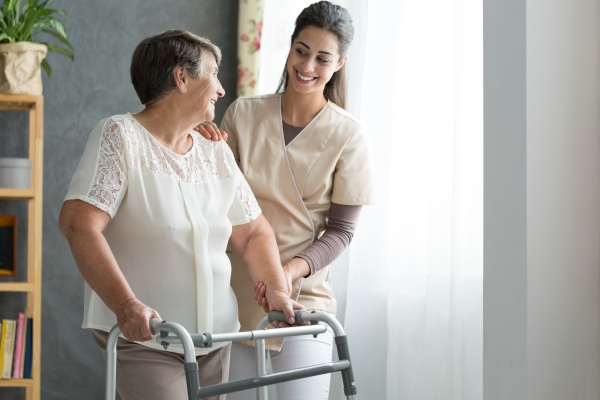Stroke, traffic accidents, etc., are the leading causes that can limit an individual’s mobility. The patient may have more or less significant after-effects depending on the case. If some are permanent, others can be remedied with specific techniques.
A Person With Reduced Mobility: What Is It?
A person with reduced mobility is an individual who has difficulty moving around. This can result from a health problem (overweight, pregnancy, Parkinson’s disease, etc.), a genetic malformation, using a treatment device (cast, prosthesis), etc. Depending on the case, the situation may be temporary or permanent.
In Which Cases Should Rehabilitation Be Performed?
Rehabilitation is one of the main techniques to help people get back on their feet. The methods used depend on the cause of the disability and the area to be treated. Rehabilitation is mainly recommended for patients with cardiovascular accidents, head trauma, cerebral palsy, amputation, etc. It usually starts during the period of disability and ends when the patient is no longer able to walk. It generally begins during the convalescence period, i.e., as soon as the patient can perform movements. Depending on the severity of the injury, rehabilitation can take years. But it is possible to continue sessions at home once you have acquired the basics of all movements.
How Does Rehabilitation Work?
A rehabilitation session is done under the supervision of a doctor and a specialized practitioner (who can be a physiotherapist, a dietician, etc.). It usually consists of physical exercises, but practitioners may prescribe other treatments. This may include balneotherapy, specific medications, etc.
During a session, the patient must perform specific movements depending on the area to be treated. For example, cycling helps to regain knee mobility. The inversion table is used to treat back pain. To strengthen the muscles, the doctor can use electrostimulation.
At the end of the recommended sessions, you can continue to exercise at home. To do this, you must have the necessary equipment. It is also possible to practice a gentle sport such as pilates, yoga, or swimming. However, ask your doctor’s advice before doing any activity.
What Is the Benefit of Orthopedic Shoes in Rehabilitation?
Wearing orthopedic shoes or inserts is only done on recommendation. This can be initiated by your rehabilitation physician, an orthopedic surgeon, a vascular surgeon, etc. These devices are usually prescribed for people who have difficulty moving around. They can also relieve foot pain and help wounds heal. These problems can occur following surgery (foot amputation, uneven leg length, deformity, etc.).
Orthopedic insoles are not used in rehabilitation. They are recommended for people with flat or hollow feet, which are often innate. However, the doctor may advise the simultaneous use of orthopedic inserts and shoes of the same kind.

How to Wear Orthopedic Shoes?
Orthopedic shoes are often custom-made. Nevertheless, stores like Podargos can offer you, models, in different sizes. Like all shoes, you can choose a pair according to your taste: color, shape, etc. There are models of temporary shoes known as CHUT. This means the patient will have to wear them until he/she recovers. For irremediable situations, the patient will have to wear these shoes for an indefinite period, depending on his case’s evolution.


